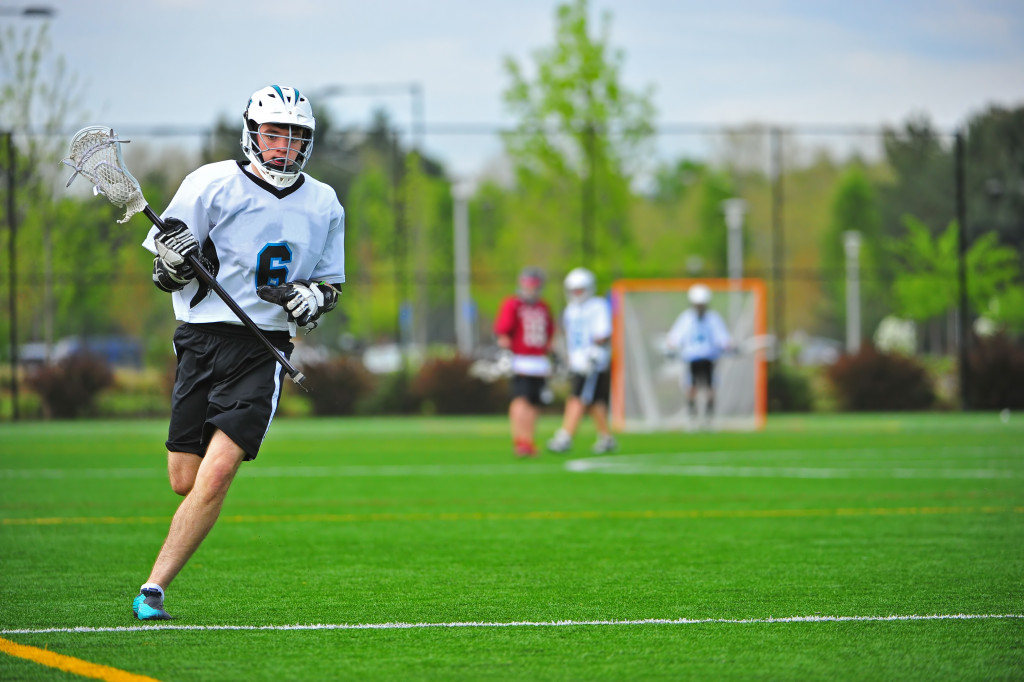Sports are one of the most conclusive measures of human fitness, but that doesn’t mean technology can’t help. When it comes to sports administration, different kinds of software can thrive where people cannot. This guarantees that athletes are adequately judged and that they win fairly. Here are some interesting modern inventions that are now being applied in the sports sector:
Emerging Non-traditional Sports
Conventional sports such as rugby, softball, lacrosse, and football have experienced consistent decreases in engagement rates over the past several years. This is primarily due to population changes. Traditional sports are less appealing to the emerging Generation Z, although some of them are still thriving in specific countries. These sports consume much more of their attention, but are uninteresting to the majority, and do not adequately reflect their identity. As a result, non-traditional sports such as adventure activities, e-sports, and spin-offs of current sports are developing faster than conventional ones.
E-sports have sprung onto the scene with a vengeance, and they are here to stay! They are rapidly growing in size and becoming a massive business. To refresh the memory of those living under a rock, E-sports are multiplayer video games played before a crowd in a competitive environment. They are often played by e-athletes, who are expert gamers who compete on a professional level. Its popularity is expected to continue since COVID-19 has led to many individuals returning to sports where distance is assured.
Surprisingly, outdoor activities such as golf seem to be reviving. Traditional sports in the time of a pandemic, however, will have a difficult struggle to reclaim their former status.
Globalized Industry

Going worldwide will become more essential. Global press, international audiences, worldwide supporters, global leagues! Today, everything and everyone is linked. The whole globe is now at your fingertips, and boundaries are no longer visible. Many people can work where they choose. The COVID-19 pandemic has already boosted work-from-home opportunities, which are here to stay. Fans are now all over the place!
At the same time, the sports world is quickly going global. Whether it’s the Champions League, Formula One, or golf, all top leagues have gone worldwide. Even fame today is worldwide, whether your identity is Max Verstappen or Lionel Messi. To not miss out on this development, the media is trying to close agreements as soon as possible. What fans desire is the ability to watch sports wherever and whenever they choose. Clubs are broadening their fanbase by attempting to engage with people in other nations. As a last resort, they may depend on this as their only path to survival in this fast-paced world. They will have to find new sources of revenue to stay competitive. If you want to maintain your status, it is essential to have a global presence.
Emerging Advanced Tools for Analysis and Monitoring
Team sports performance is achieved through a long-term and systematic training approach to develop the abilities needed to cope with competitive challenges. Even though tactical constraints have a significant influence on team athletic performance, the history of scientific research has been driven by a physical and biomechanical approach, with little attention paid to the tactical behavior of the players and team organization. Tactical analyses can be helpful for coaches and academics since they allow them to detect match regularities and random aspects of game situations. This is where new technologies used in research and monitoring are emerging. Now, you can access advanced tools like baseball swing analyzers to help improve athlete performance.
To summarize, the use of technology in sports management has significantly impacted the way we do things. The ability to think through how we can utilize different kinds of technology and tools can improve the results we want. Overall, these technology tools are quickly becoming a need for every sports administrator, regardless of their position within the sports hierarchy in which they are employed. As a group, they are a strong advocate for social integration in sport and leisure activity and the profession as a whole.
When it comes to using technology for improved equipment or facilities, the issue for sports administrators is to ensure that no team gains an unfair edge over another by using technology to improve their equipment or facilities. People in position to establish rules for using sports equipment or those that help finance the procurement of equipment or facilities for financially deprived players through the administration of grants must keep in mind the core concept of parity in competition when making decisions about these issues.

